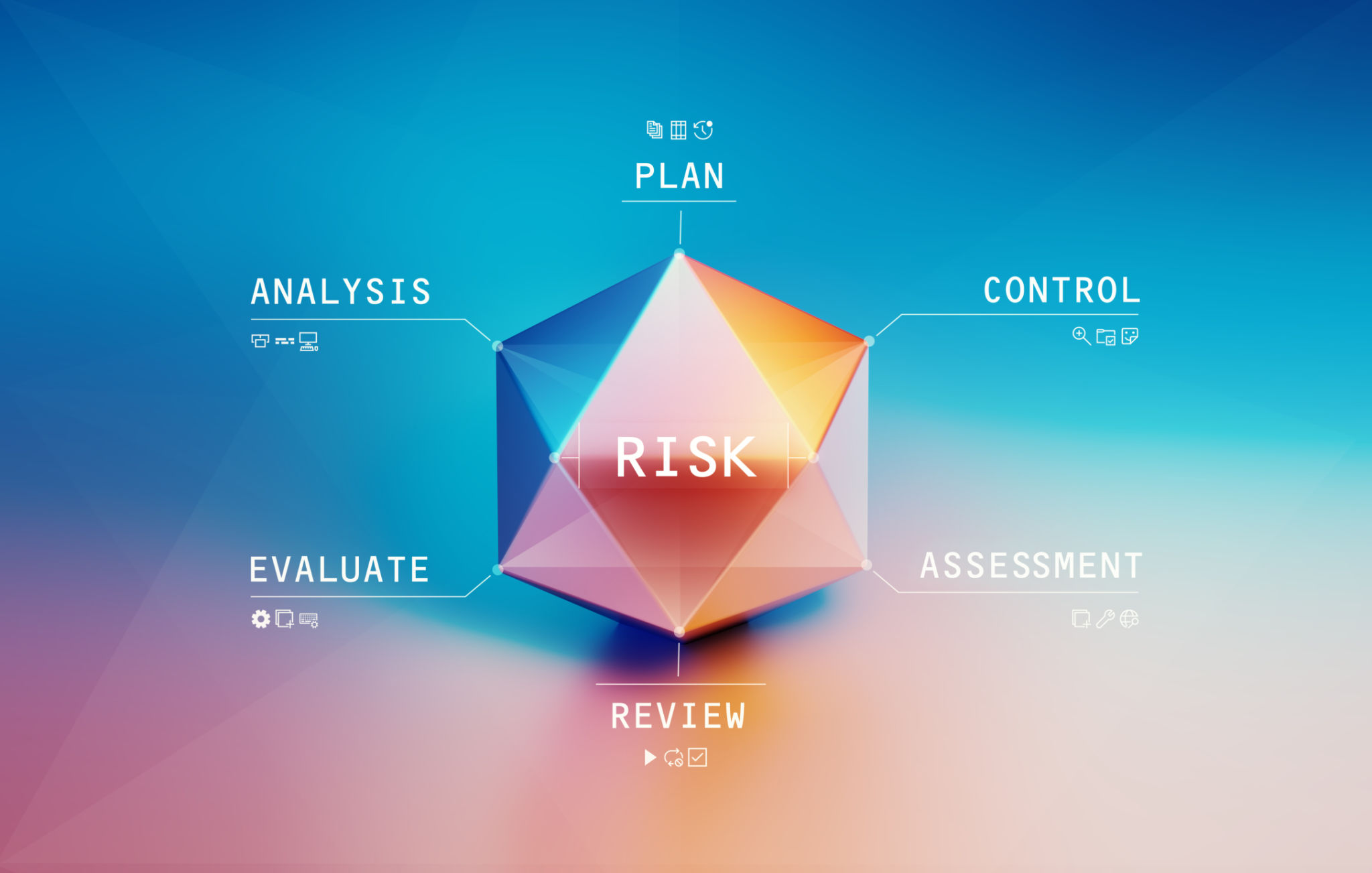How to Conduct Effective Security Risk Assessments for SMBs
Understanding the Importance of Security Risk Assessments
Security risk assessments are crucial for small and medium-sized businesses (SMBs) aiming to safeguard their assets and data. By identifying potential vulnerabilities, businesses can proactively implement measures to mitigate risks. Effective assessments not only protect sensitive information but also enhance trust with customers and partners.

Defining the Scope of the Assessment
The first step in conducting a security risk assessment is defining its scope. Determine which assets need protection, including tangible assets like hardware and intangible ones like data. It's essential to consider both internal and external threats, ensuring no aspect of the business is overlooked.
Once the scope is established, gather all relevant documentation, such as network diagrams, software inventories, and access logs. This information will be instrumental in identifying vulnerabilities and potential entry points for threats.
Identifying Potential Threats
Identifying threats involves understanding what could potentially harm your business. Threats may include cyberattacks, natural disasters, or even insider threats. Consider historical data and industry-specific risks to ensure a comprehensive analysis. Engaging with industry experts can provide valuable insights into emerging threats.

Evaluating Vulnerabilities
After identifying potential threats, the next step is to evaluate vulnerabilities within your systems and processes. Conduct a thorough examination of your IT infrastructure, looking for outdated software, weak passwords, or misconfigured settings. Regular vulnerability scans and penetration tests can help uncover hidden weaknesses.
It's important to prioritize vulnerabilities based on their potential impact. This prioritization ensures that resources are allocated effectively to address the most critical issues first.
Assessing the Impact
Understanding the potential impact of identified risks is crucial for effective risk management. Consider both financial and operational impacts, as well as the potential damage to your business's reputation. Quantifying these impacts helps in formulating a robust risk mitigation strategy.

Developing a Risk Mitigation Plan
With a clear understanding of risks and their impacts, develop a mitigation plan that outlines strategies to address these issues. This plan should include preventive measures such as firewalls and antivirus software, as well as response strategies for when incidents occur.
Regular employee training is also vital in reducing risk exposure. Ensure your team is aware of security best practices and understands their role in maintaining the company's security posture.
Continuous Monitoring and Improvement
Security risk assessments should not be a one-time activity. Implement continuous monitoring to detect new threats and vulnerabilities as they arise. Regularly update your risk mitigation strategies to adapt to evolving risks and technological advancements.
Gather feedback from your team and stakeholders to identify areas for improvement. Continuous improvement is key to maintaining a strong security framework that evolves with your business needs.

